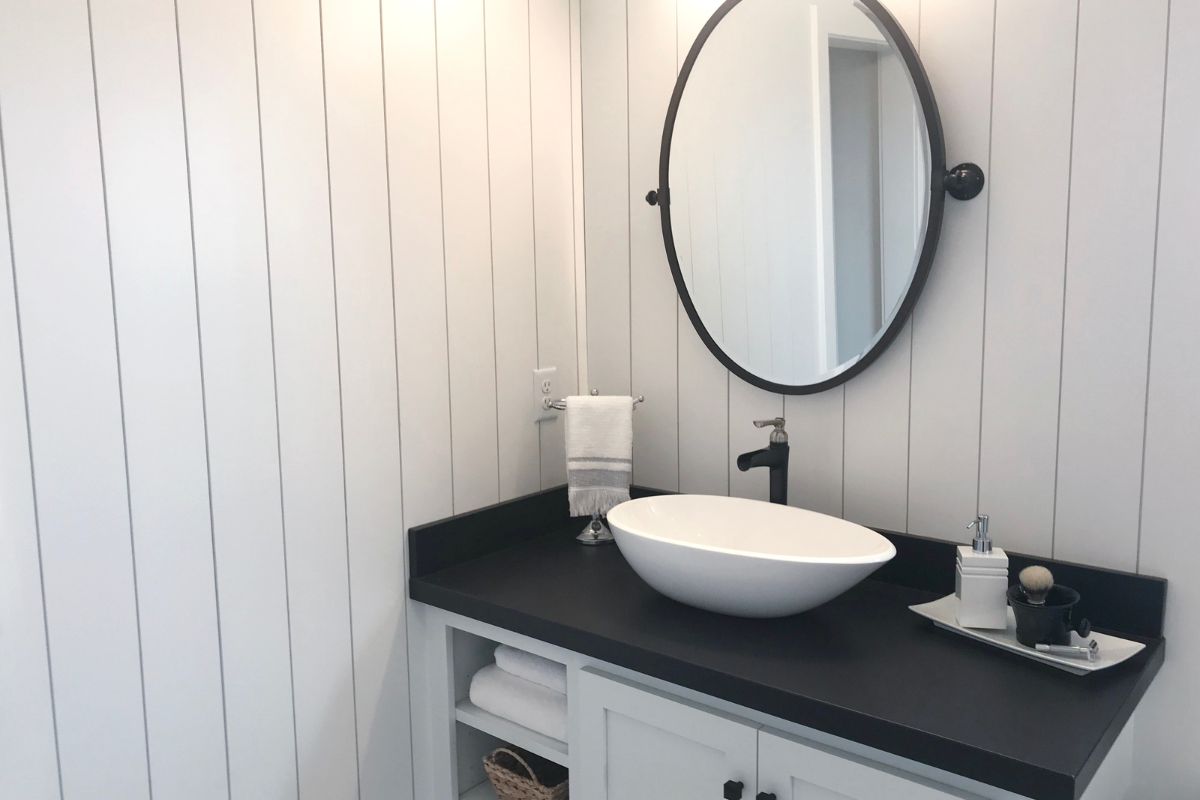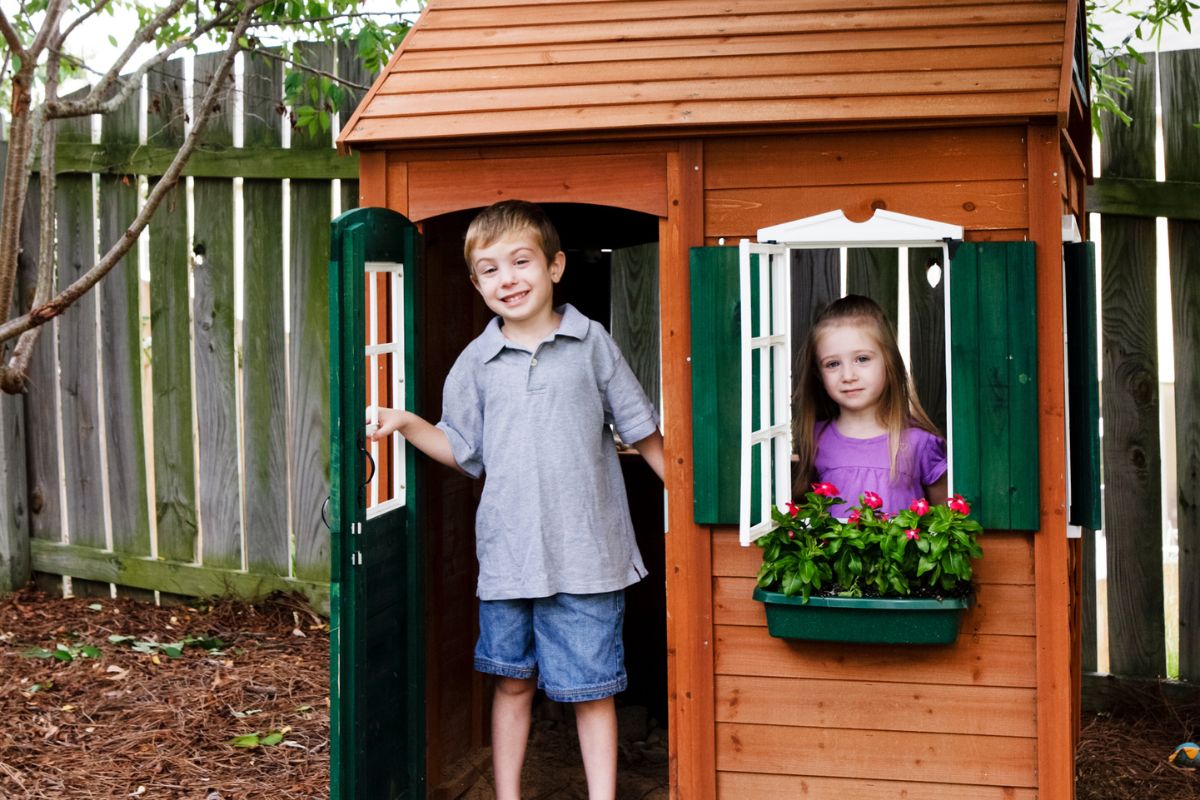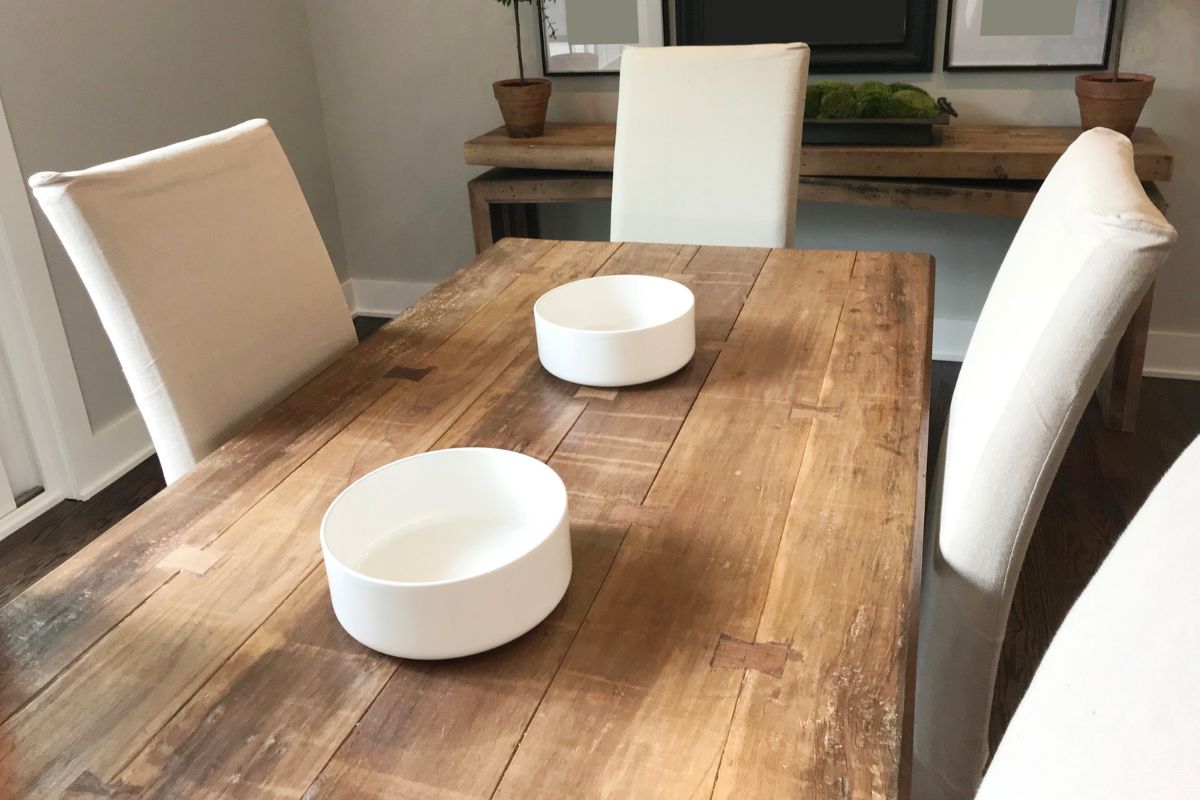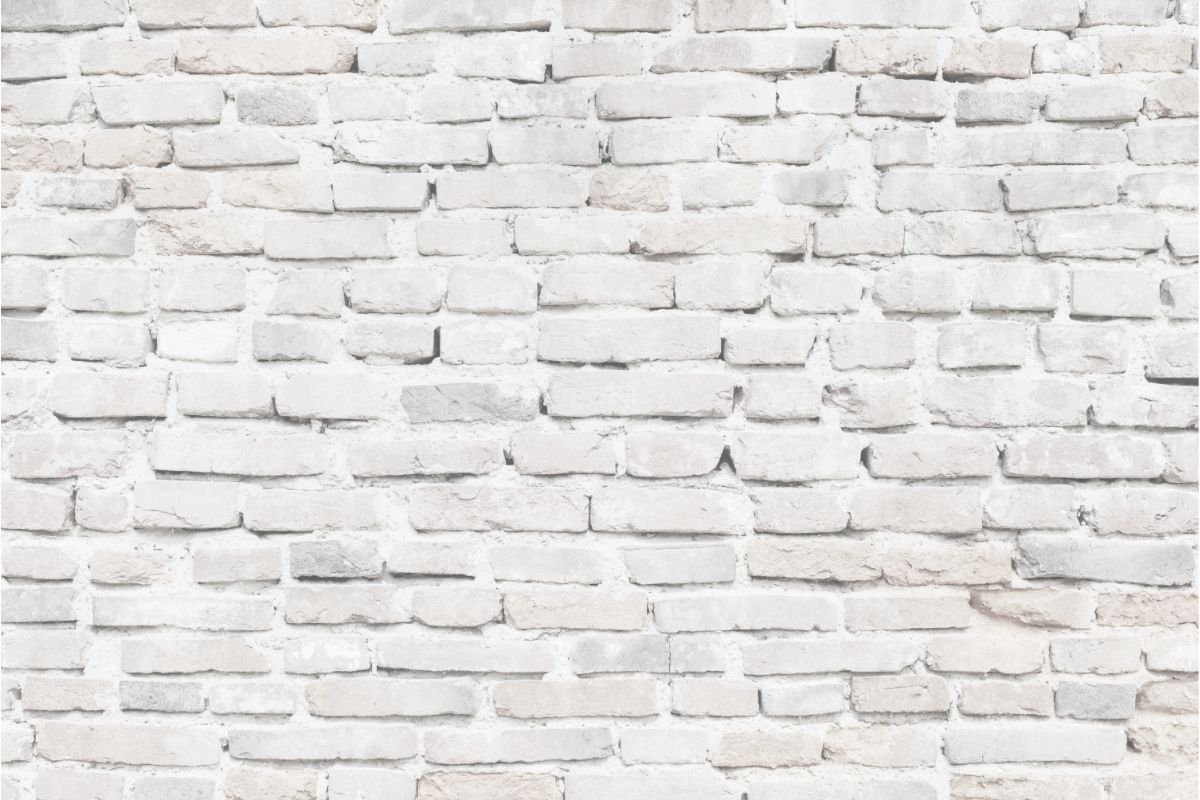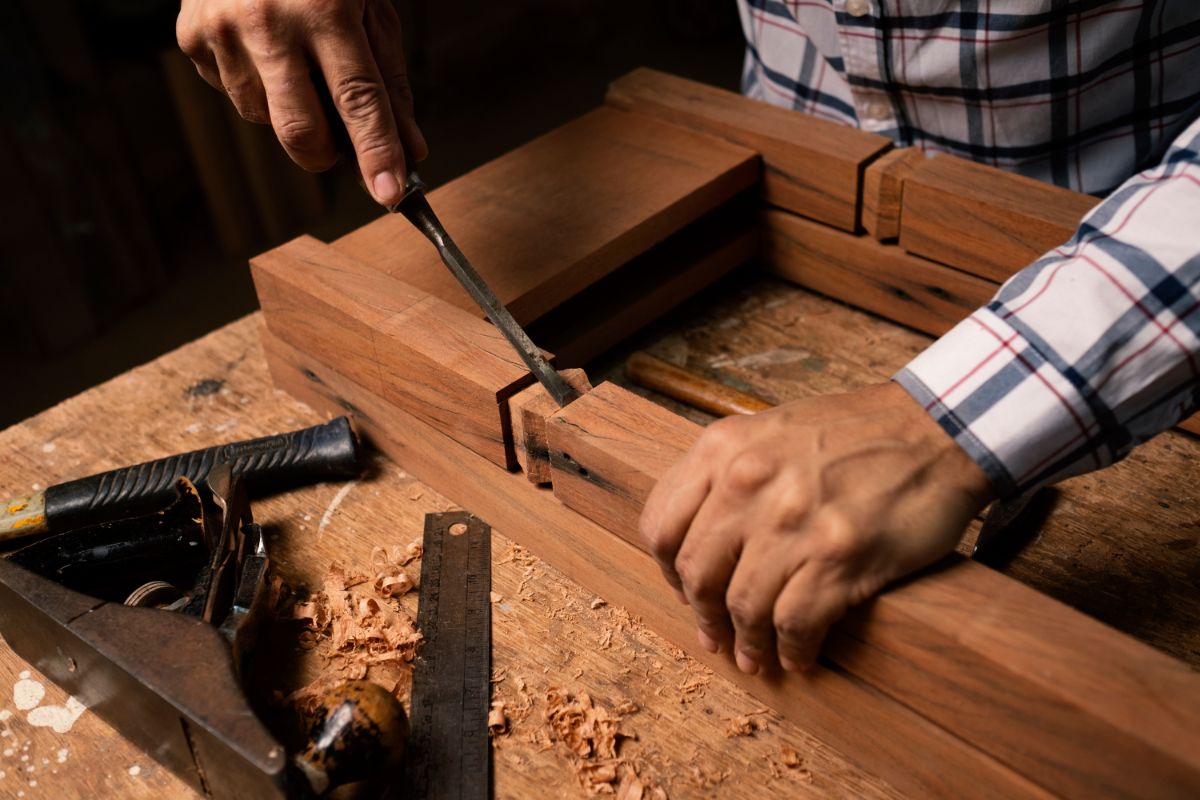Chances are that if you have any experience in the DIY field or if you are just getting yourself immersed into it, you will have come across or at least heard of parawood, a material that has seen increasing popularity over the last decade, and for very good reason.
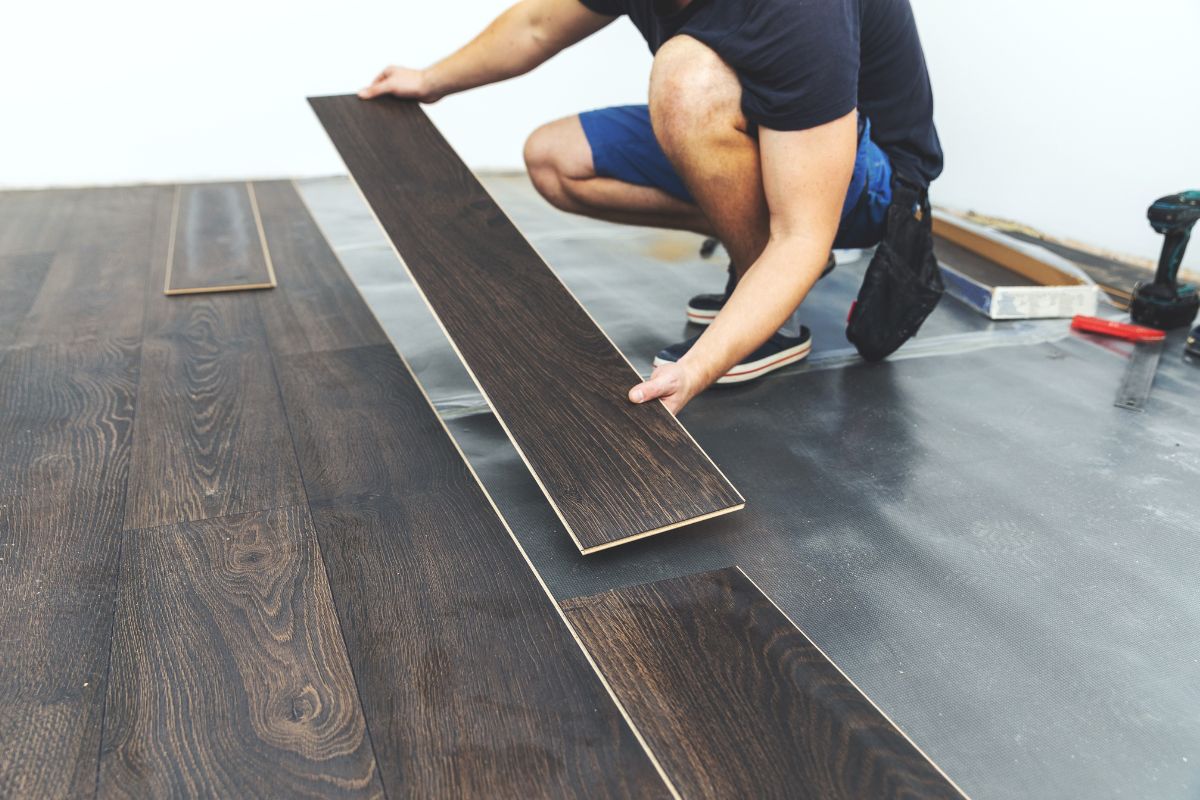
Because of the way it’s made and how sustainable this type of wood is, parawood may go under the radar when compared to its peers, but there are actually so many benefits to using this wood that many people are only now coming to realize.
Here is all you need to know about parawood including what it is, the many benefits it holds and why you should definitely be considering picking some up next time you need a long term and effective wood material for an upcoming woodwork project.
What Is Parawood?
Grown in mainly Brazil and certain regions within Southeast Asia, parawood is a type of wood that grows from rubber trees which are also commonly known as Malaysian Oak Trees.
It can be recognised immediately for its very light brown appearance, but also for its medium density which isn’t too heavy to carry but still feels thick and sturdy enough to be used as flooring or even as furniture.
In fact, having a type of wood with such a bright appearance yet strong material makes parawood a very commonly used choice for making vibrant and modernized looking stools and chairs that don’t look old or too traditional.
If you’re wondering why you may never have heard of this amazing wood variant before, it’s because it takes many different names including White Teak, Plantation Hardwood, Malaysian Oak and the very common Rubberwood.
A lot of people will actually already have parawood being used in their home without even realizing it since there are so many ways people will refer to it as, however if you see a very light brown tinted wood being used as part of the walls, cabinet or furniture around the house, then you can bet this is what is being used.
What Is Parawood Often Used For?
Because of its resilience and very modern appearance, parawood is used in many different ways including as a gym floor, indoor furniture or even the kitchen cabinets which not only looks great, but is also very easy to care for and keep in excellent condition.
Many designers love using parawood as hardwood flooring specifically because of its soft composition which grants it incredible shock absorption qualities.
This is also the main reason why it is commonly used as the floor in areas like yoga halls and eldelry homes since the durable but soft texture can help in relieving the joints, helping release any stress or pain.
It is also excellent when used to make furniture and also any parts of a kitchen such as drawers and cabinets keeping them vibrant, light and very durable for the long term since parawood is so resistant to scratches.
How To Care For Parawood
Despite its slightly softer texture and moderate to high density, parawood is actually one of the most long lasting wood types out there and can remain good for up to 25 years when cared for properly.
Luckily, keeping parawood clean and effective is extremely easy and part of the reason why it has become so popular.
For starters, you will want to make sure that the parawood is not in direct sunlight or at least far from a heat source if you can help it.
After a prolonged time, exposure to heat can cause the wood to change color to a more dull brown and will greatly affect it’s long term health, so try to keep it in a chilled or shaded area where you won’t have to worry about the parawood’s appearance changing over time.
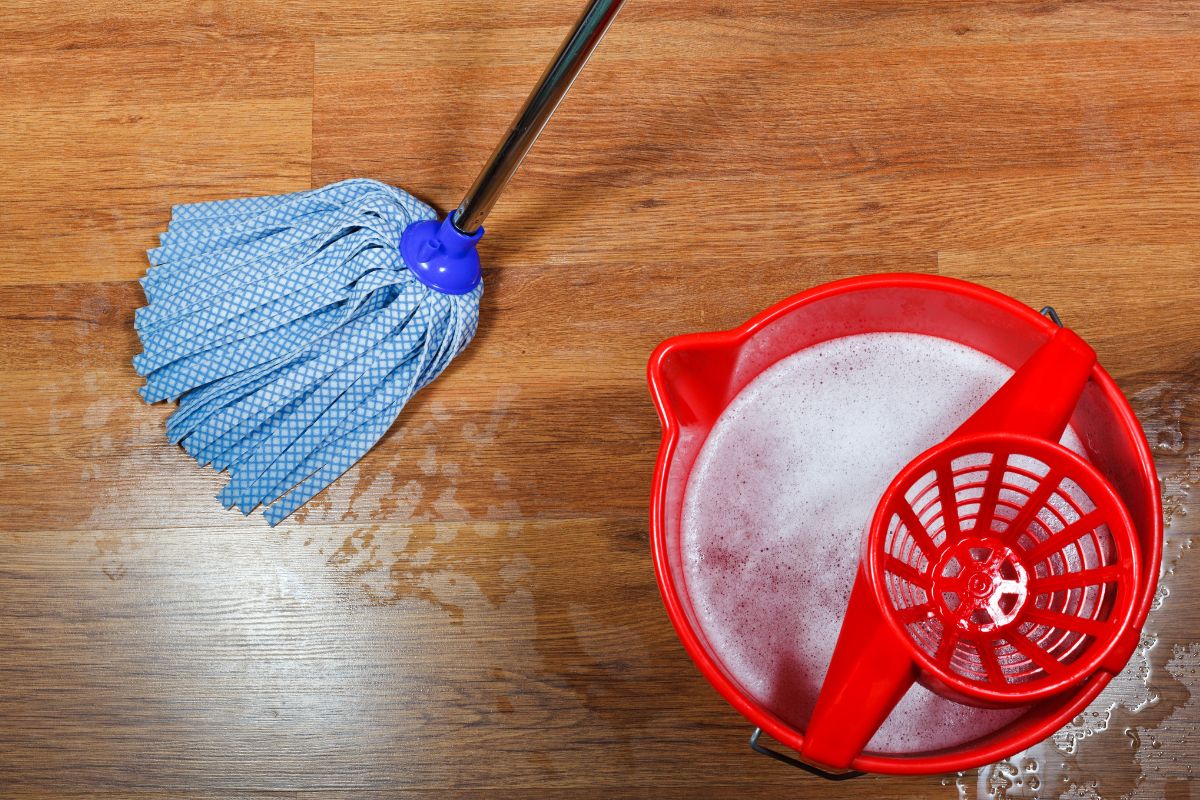
In terms of actually cleaning the wood, make sure to clean it regularly with just a bit of soap and water.
This only needs to be done a few times a year, just make sure to always dry it thoroughly once you’re done cleaning so that you can prevent any fungal growth from occuring in the moist area.
Additionally, if you notice any dents in the wood be sure to also add in some furniture wax or varnish at the end to hide any potential damages and make them look more natural.
Advantages To Using Parawood
There are a few key benefits to using parawood that should definitely make you consider it next time you’re choosing a type of wood that you need to have a good amount of density for your next DIY project.
Here are some of the main benefits of choosing to use parawood:
Good Density
Parawood has a decent amount of strength and density being described as a hardwood, and the reason this is simply because it contains a large amount of wood within the timber itself, without having a huge amount of water weight dragging it down, making parawood extremely effective for nearly every project.
Cheaper
Because its density is at a medium to high level, this saves you a lot more money than spending on a much heavier and far more expensive type of wood with incredibly high amounts of density that are often not even needed.
At the same time, parawood is also incredibly low maintenance because of how easily it can be cleaned and how little time it takes, which saves you a lot of money in the long term so you won’t have to keep paying professionals to fix any damages or to make the wood as shiny as possible.
Avoids Scratches And Marks
Whether it’s scratches from the cat or a stool accidentally being knocked over, because of how hard it is, parawood is incredibly resistant to picking up any marks or scratches, so you can rest assured it will supply you in the long term without getting heavily damaged along the way.
Supporting Sustainable Timber Practices
Unlike most other trees which are cut down for gathering wood, the Para Rubber Tree’s that create parawood are only cut down after they stop producing the white liquid that is used for latex and rubber which is often burnt right after.
Choosing to use parawood avoids this happening and contributes to much better and more ethical timber practices.
Fire-Resistant
While it is advised to try and keep parawood out of the direct sunlight as much as possible, one major factor you won’t need to worry about is the wood burning since parawood is very fire resistant.
You can therefore rest at ease knowing that the wood won’t produce any fumes or smoke that can be toxic to breathe in, making for a very unique characteristic that is a major problem with many other types of wood.
Aesthetic Design
A lot of types of hardwood can come across as very old and traditional because of their usual rugged dark brown appearance, however parawood put’s a much lighter spin on this and creates a type of hardwood that is not only a joy for you and any guests to look at, but it’s a great way to incorporate wood into a modernized living room or kitchen without it standing out too much and looking out of place.
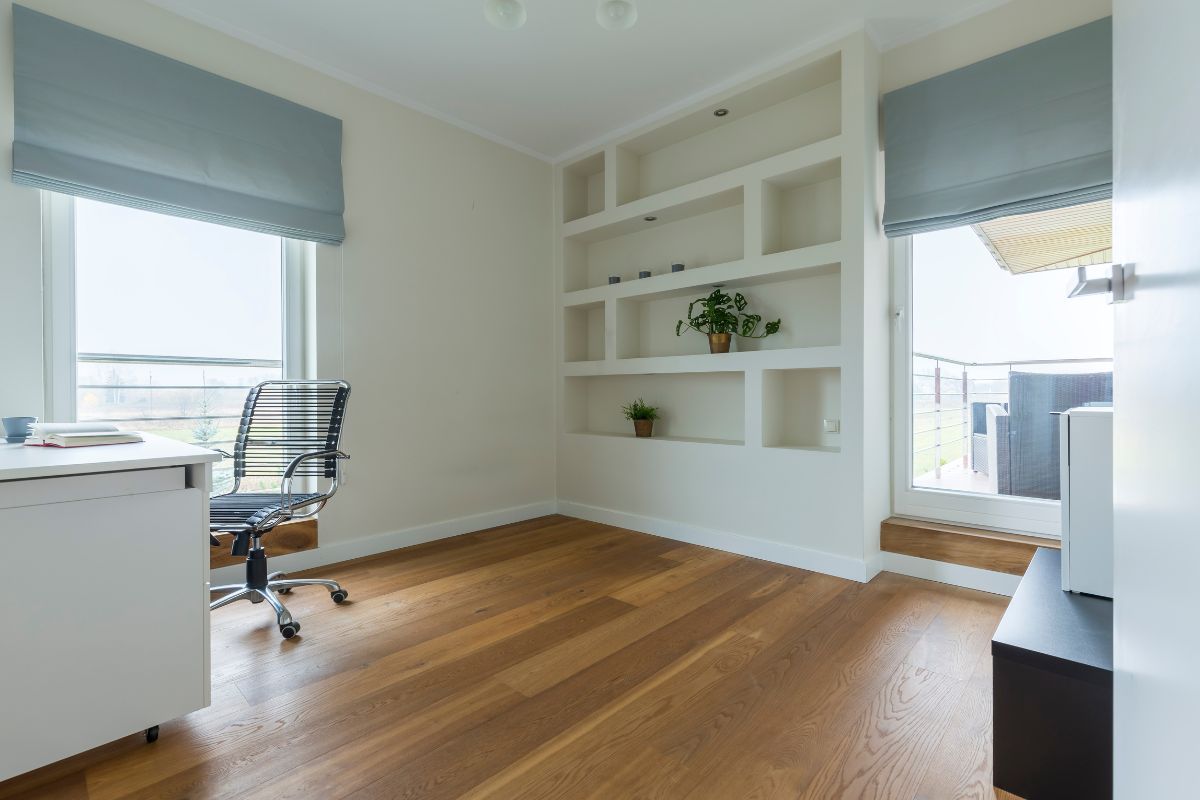
Main Differences Between Parawood And Other Types Of Lumber
While there are many positive reasons to use parawood, whether it’s to make some furniture or just to use for the walls for a bright and expressive outdoor shed (Also check out Ideas For Your Shed Skirting) , there are also some areas where it can differ slightly from the other types of lumber which is always important to keep in mind when choosing what wood you specifically need to for your next project.
Parawood And Maple
The most notable difference between these two types of wood is in the color. While parawood is a light brown, and almost a neutral color, maple wood can range from white to a more gray-brown tone.
It also differs from parawood in function, maple wood is usually the go to material for sports equipment such as for hockey sticks, bowling pins and even baseball bats, specifically because of how sturdy and strong the wood is.
Parawood is more suited to being used around the house, so when choosing one it really depends on the intended function and purpose.
Parawood And Oak
Because both trees are from the oak family, this means that parawood and standard oak wood are very similar, however there are actually some key advantages parawood has over its wooden relative.
For one, parawood is known to remain in excellent condition for far longer than oak does, considering how much easier it is to care for it.
Additionally, Parawood has a lower shrinkage value than oak wood which makes it a bit more durable since the inside of the wood is a little more compact and filled up with actual wood.
On the other hand, because of the slightly rougher texture as well as the darker and more disguised appearance, oak wood will not attract fungi and bugs nearly as much as parawood will.
This is because parawood has a much higher starch level which not only makes it easier to decay when not treated or cared for properly, but also makes it prone to attracting insects and fungi.
Therefore while parawood will usually be the better option for any DIY projects around the house because of its higher density, it can be more prone to some more nasty infestations if not cared for correctly.
Parawood And Beechwood
Both parawood and beechwood are actually used for many of the same reasons and both even look very similar having an almost creamy pale-colored appearance.
Beechwood can sometimes be more preferable for heavy duty projects however since its density and overall strength is a bit higher than parawood, however this does also mean that beechwood can get damaged easier and is much harder to actually clean.
Are There Any Negatives To Using Parawood?
There is no doubt parawood is one of the most effective and eye-catching types of wood you can buy, however as with anything, there are going to be a few downsides to using parawood, starting with the actual surface.
While you can become accustomed to parawood after you get used to it, it is a lot slippier than other types of wood, especially when you first buy it.
While for some surfaces this may not be much of an issue such as when it’s being used for the walls as part of a small shed, if you are planning to use it as a flooring just keep this in mind if you have children or pets who may love running around for a lot of the day.
Parawood can unfortunately also lose a lot of its color when exposed to abrasive cleaning chemicals, which can make it a bit of a pain when you want to clean up parts of the house that are under or around it.
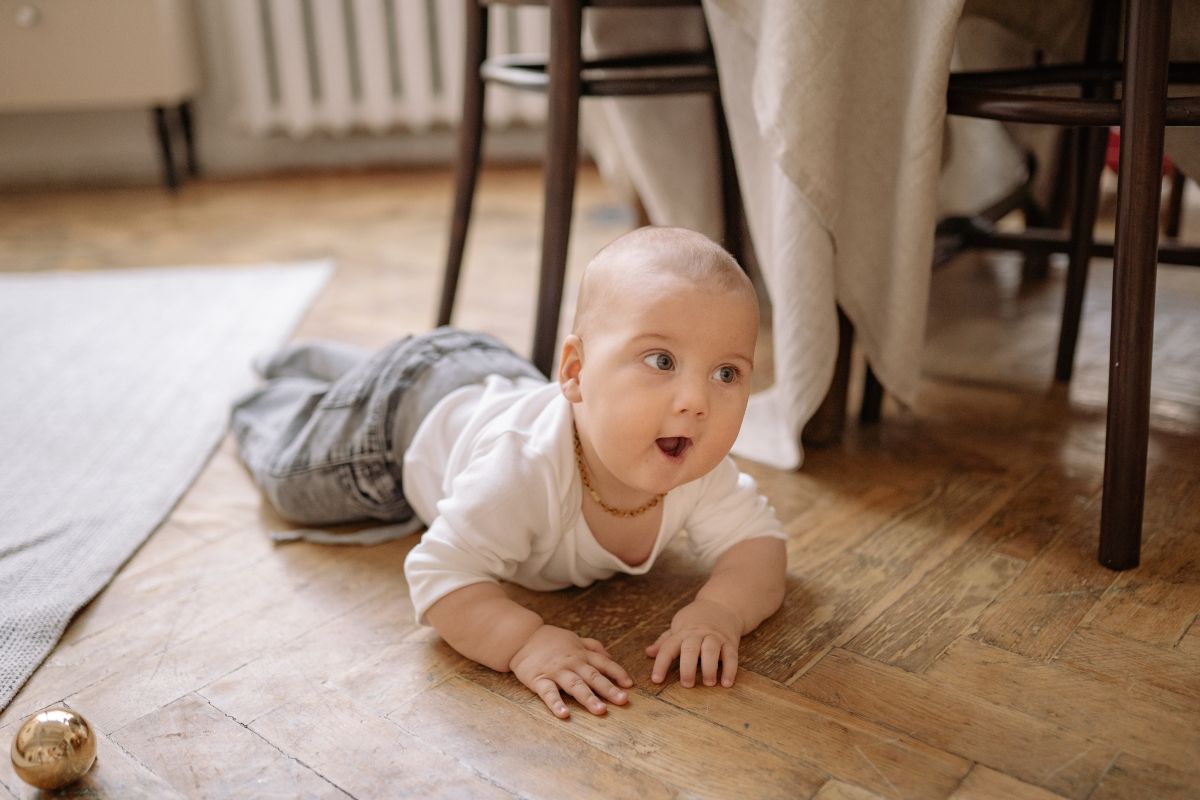
Excessive moisture can also end up damaging the wood and can lead to seepage problems.
Because parawood is quite susceptible to rotting, this means that any water can encourage insect attack and fungus so you should always try to avoid spilling any kinds of liquid onto the wood as best as you can.
Finally there is the fact that it must be treated with care and can’t be handled as freely as other types of wood.
With a poor cutting technique, parawood can easily warp, twist and even snap, so it is always worthwhile finding the best way to model this type of wood for how you specifically want to use it.
Tips When Using Parawood
If you plan on using parawood in your next DIY woodworking project, here are a few tips to always keep in mind which will make preparing the wood easier.
If You are going to cut the parawood yourself, always use a back sawing technique since this will ensure that any parts of the wood that may be faulty a little hard to reach can easily be cut around so you won’t have to waste any wood or risk snapping it.
Additionally if you plan on staining your parawood, just make sure to check that the wood will absorb it first by testing it on a small patch and then waiting for between 5 to 10 minutes.
If the wood has absorbed the stain in the way that you would like, then feel free to stain the entire piece while following the grain of the wood.
This goes the same with sanding, just be sure to always follow the grain of the wood and start off with a smaller grade for the rougher spots and then a higher grade when you are ready to smoothen it all out.
Summary
With its modern and stylish appearance, firm density and how easy it is to keep clean and healthy, you really can’t go wrong choosing parawood for your next woodwork DIY project, just make sure to always try keeping it out of direct sunlight or away from an area of the house with a high heat temperature, and try keeping water as far away from it as possible.
- The Woodworkers Guide to Brad Nailers: Everything You Need to Know - September 25, 2023
- How To DIY An Aztec Garden Dining Table [The Easy Way] - October 18, 2022
- Farrow & Ball Pigeon: Is It Right For Your Home? - October 17, 2022



